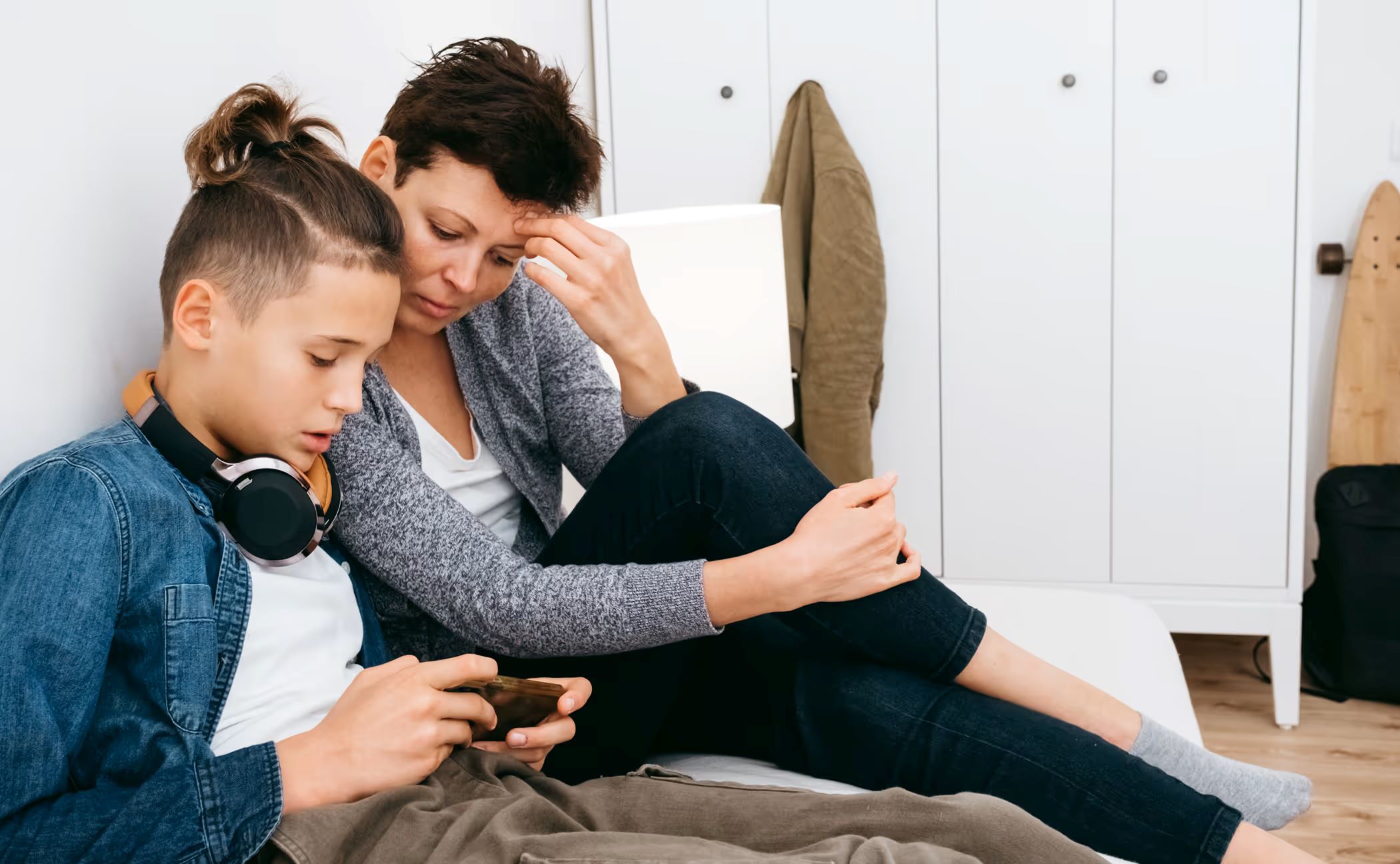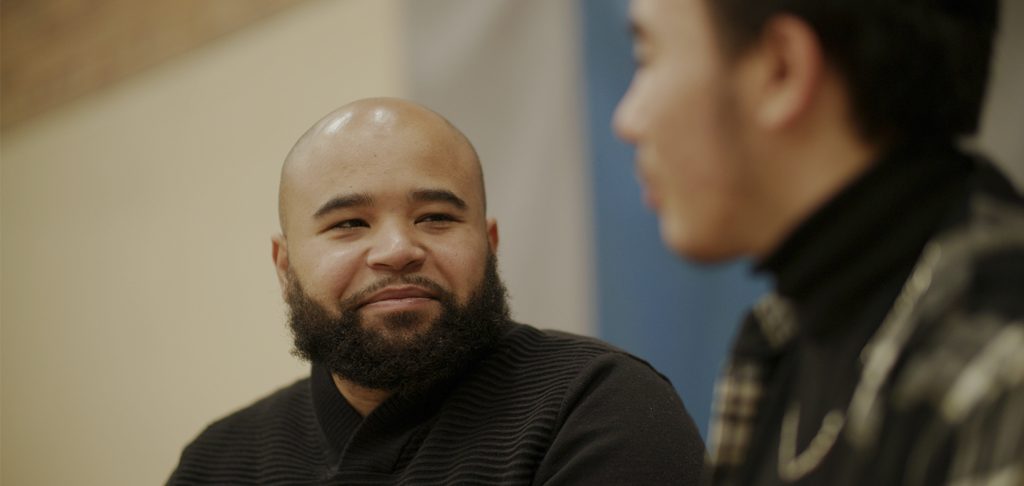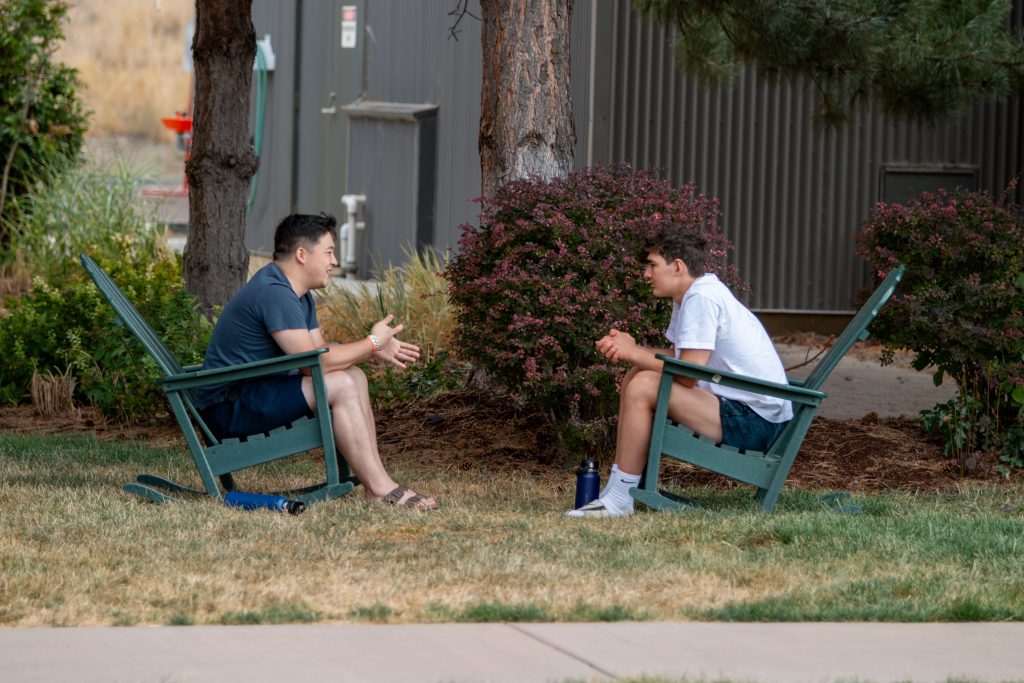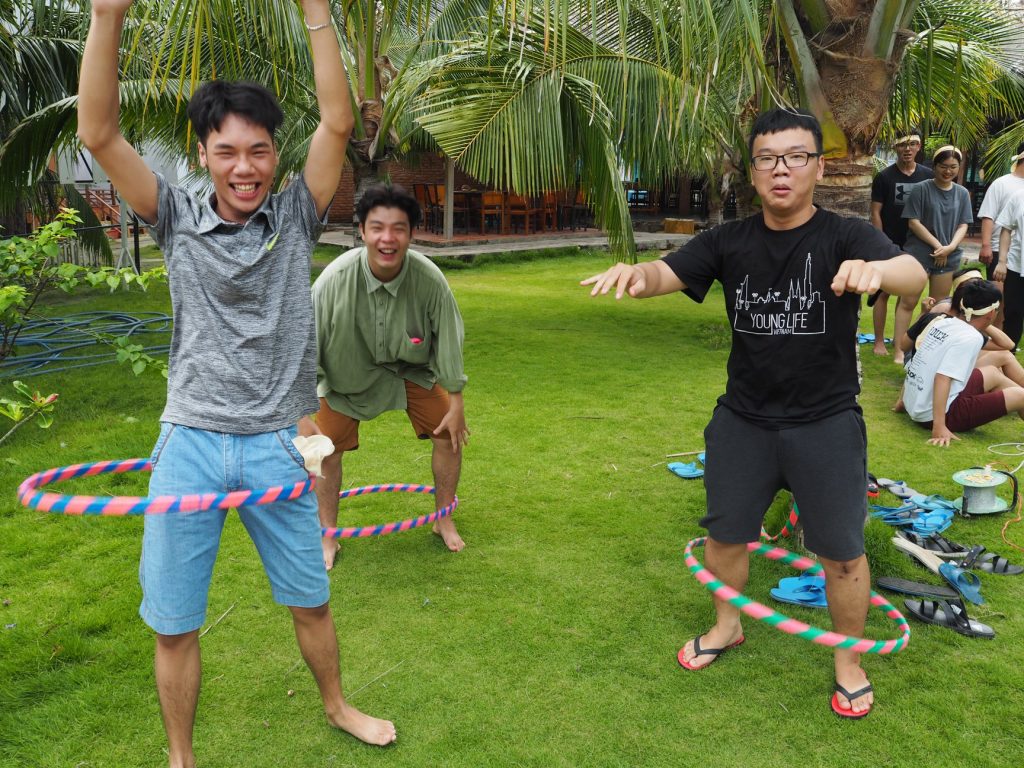The oldest Generation Z was 10 years old when the first iPhone came out, becoming the first generation to be impacted by smartphones during their adolescent years. Generation Alpha was the first to hold tablets as toddlers.
This has to have an impact that is different from every other generation … right?
Yes, it does, but we as a society are still learning the impacts it had, is having, and will have on these generations as they continue to grow up and go out into the world.
Is it harder for them to make friends?
Are friendships losing depth?
Has it increased anxiety among teens and young adults?
These are just a few of the questions swirling around. Through The RELATE Project, we’ve begun exploring these issues more deeply, gaining insights into their unique challenges and how we can support them.
Increase in Screen Time, Increase in Anxiety
It is well known that anxiety and depression are at an all-time high right now, especially among teens and young adults, but why?
Mental health professionals have coined the new term, “Digital Anxiety.” The Children’s Health Council defines it as “stress caused by negative interactions form a text, an email, or a social media post. Other examples of digital anxiety are feelings of inadequacy, hopelessness, FOMO (fear of missing out), and envy stemming from social media consumption as well as feelings of loneliness and social isolation from spending too much time on screens” (Yum, 2023).
Isn’t this what we are noticing in teens and young adults today?
People laugh about FOMO, but it is a real thing that drives adolescents to feel left out or to push themselves to keep participating when they need to rest. We are living in a world where you can know all the highlights and fun activities in someone’s life with a few clicks and a few scrolls. It creates this urgency to do all the things and envy and comparison when you can’t.
The flipside is having access to all the events happening in the world. We were not created with the capacity to see all the natural disasters, politics, and bad things happening in the world all of the time. Don’t get this wrong … it is important to be informed and educated, but constantly being exposed to the horrors that can happen in this world is unhealthy and leads to a sense of hopelessness.
These are just two reasons that an increase in screen time can lead to an increase in anxiety, but the list goes on. We as the older generations need to be aware of this, not only for young people but for ourselves.
Face-to-Face Matters
Despite assumptions that Gen Z and Gen Alpha prefer digital communication, over half (55%) of teens say they most often communicate with their closest friends in person. About 25% communicate via texts and DMs, and 20% over live calls like FaceTime.
This is important because as they get smartphones the physical need for in-person hangouts seemingly decreases, but the emotional and mental need for in-person hangouts increases (whether they realize it right away or not). Just as Jesus valued personal interactions and relationships, meeting people where they were, we too must prioritize face-to-face connections.
Like every generation before them, Gen Z is facing the intimidating transition of moving from childhood to adulthood — from dependence to independence. What makes them different from generations before them is that they’re doing it in a world that’s overwhelmed by more digital access than their minds can process (U.S. Surgeon General, 2023).
Face-to-face helps combat this overwhelming, sinking feeling they experience as more and more digital access becomes available to them.
The best part is, we as the older generation can help them in this battle!
How? We are glad you asked …
Create Technology-Free Spaces
Creating technology-free spaces allows the tech-native generations to relax and just be, reducing the pressure they feel to be constantly online and, in turn, their anxiety. Jesus often withdrew to quiet places to pray and recharge (Luke 5:16). We can follow this example by inviting them to technology-free retreats, 24-hour technology fasts, or simply phone-free dinners. Though it may be uncomfortable at first, these moments of peace and presence can become cherished times of rest and connection.
Invite Them to Shared Experiences
Even if it isn’t completely technology-free, inviting them to shared experiences increases their face-to-face time. This is helpful to getting them off their phones and enjoying life in the present. Jesus spent time with his disciples, sharing meals, traveling, and simply being together. We can emulate this by inviting young people to join us in activities like movie nights, errands, or new experiences in town. There is joy in the mundane, and these shared moments can foster deeper connections.
Technology as a Tool: Striking a Balance
Technology is a tool, and we are all learning how to use it as it evolves. Together, we can learn to use technology to serve us in our everyday lives and set boundaries to avoid digital anxiety. Philippians 4:6-7 encourages us, “Do not be anxious about anything, but in every situation, by prayer and petition, with thanksgiving, present your requests to God. And the peace of God, which transcends all understanding, will guard your hearts and your minds in Christ Jesus.”
Together, we can learn how to use technology to serve us in our everyday lives AND how to set boundaries to combat digital anxiety.
To learn more about Young Life’s research on Generation Z and Gen Alpha, and to download your own copy of The RELATE Project report, click here.
To become one of the thousands of trusted adults in Young Life’s volunteer network, or to find out how to connect with Young Life in your area, click here!
References:
U.S. Surgeon General. (2023). Social Media and Youth Mental Health. U.S. Department of Health and Human Services. www.hhs.gov/surgeongeneral/priorities/youth-mental-health/social-media/index.html.
Yum, L. D. (2023, March 29). Digital anxiety — how technology and social media makes us anxious and what you can do about it. CHC resource library: CHC: Services for mental health and learning differences for young children, teens, and young adults: Palo Alto, San Jose, Ravenswood. CHC.
https://www.chconline.org/resourcelibrary/digital-anxiety-how-technology-and-social-media-makes-us-anxious-and-what-you-can-do-about-it/#:~:text=Other%20examples%20of%20digital%20anxiety,too%20much%20time%20on%20screens.






